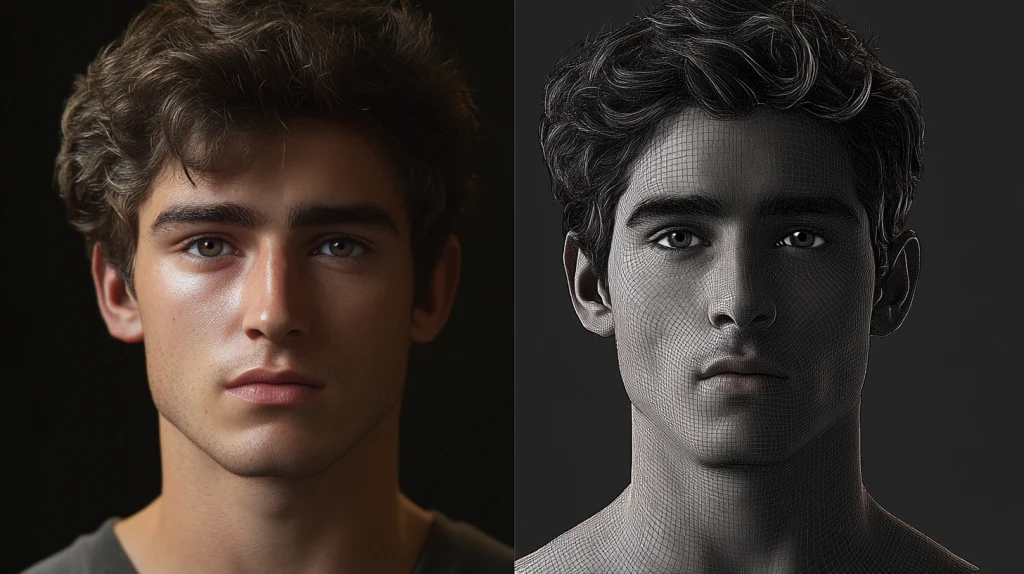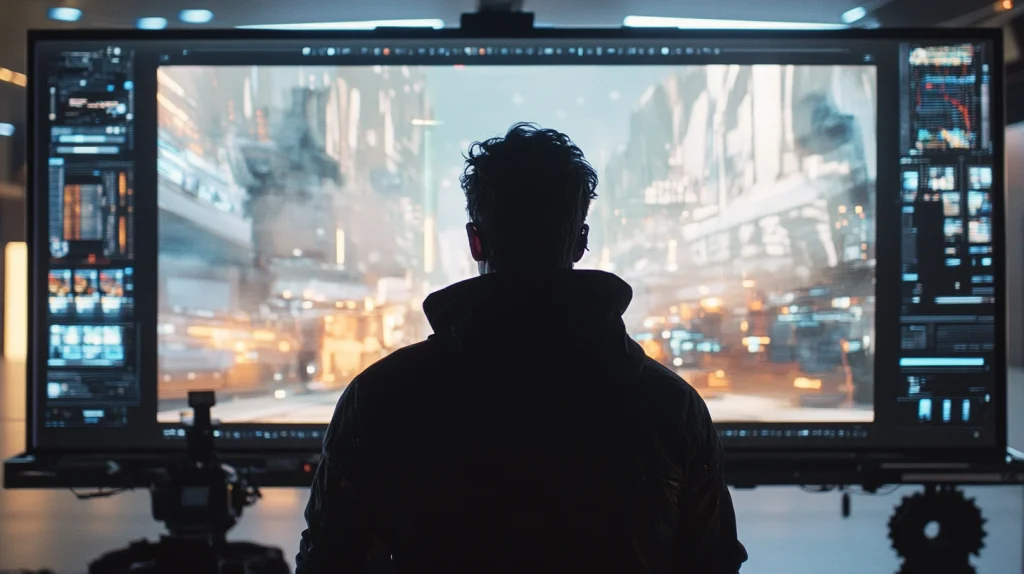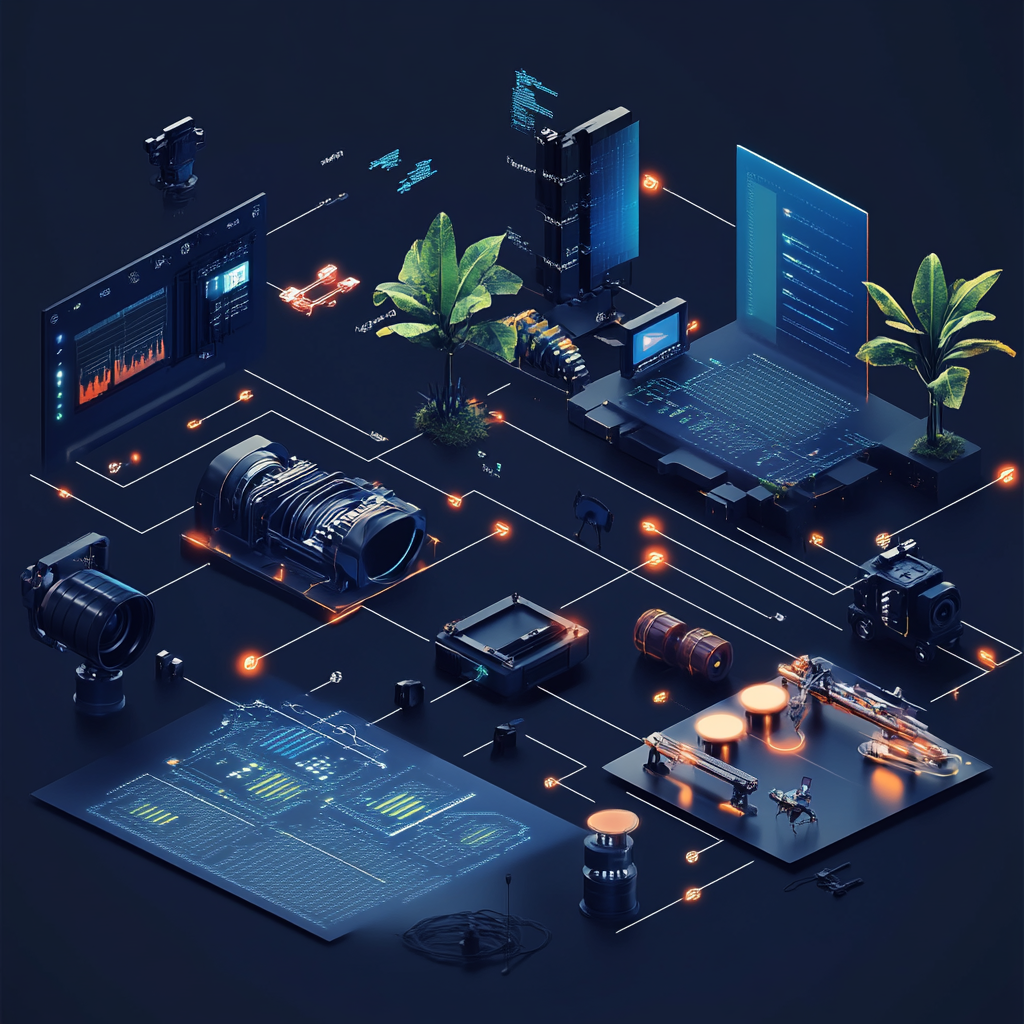Until recently, films without filming, actors, and sets seemed impossible. Today, all this is becoming the norm. Generative artificial intelligence (AI) is revolutionizing cinema, games, and 3D animation — creating scenes, characters, plots, and voices without the participation of a living person.
What is generative AI in video and 3D
Generative AI is a technology that can create new visual and audio content based on text queries, data, or images. Models such as GANs, transformers, and diffusion networks already allow you to generate in minutes:
- a digital actor,
- a realistic 3D scene,
- voice acting, and motion animation.
How are virtual films created without actors?
1. Characters from a neural network
Tools like MetaHuman from Unreal Engine and Ziva Dynamics allow you to generate the face, body and facial expressions of a digital character, completely replacing the actor.
2. 3D scenes without scenery
Services like Kaedim3D create 3D scenes based on a text description. For example: “a deserted city in 2135” – and the scene is ready.
3. Script and dialogue generation
Models like GPT help to quickly create lines, adapt the speech style to the character and create an interactive structure for gaming or a TV series.
4. Voice and speech are also
AI Synthesizers like ElevenLabs or Respeecher can recreate the actor’s voice or generate a new one with realistic emotions.
5. Motion animation
AI automatically animates body movements, facial expressions and synchronizes them with the voice. Tools like DeepMotion or Move.AI are used.

Revolution in game development: games created by AI
Generative AI helps developers create:
- procedurally generated levels and cities;
- NPC behavior and dialogues;
- missions and plot twists on the fly.
Examples of already working solutions are Promethean AI (level design) and Charisma AI (character behavior).
Key technologies and platforms
- RunwayML — video generation from text.
- Sora by OpenAI — high-resolution video generation.
- Unreal Engine + MetaHuman — realistic facial animation.
- Kaedim — generation of 3D objects from 2D.
- ElevenLabs, Respeecher — speech synthesis.
Ethical issues and laws
- Who owns a digital actor?
- Do you need permission to clone a voice?
- Is it possible to use a famous person’s face without consent?
In 2024-2025, these issues are actively regulated: large studios create ethical guides and introduce watermarks on generated content.
What’s next?
AI is no longer an assistant, but a full-fledged media creator. This will open doors for independent studios and reduce production costs. In the coming years, we may see blockbusters and AAA games generated entirely by algorithms – without actors, scriptwriters, and set designers.

Generative AI in video and 3D is more than a technology. It’s a shift in the very nature of the media industry. Speed, accessibility, and scalability are what make AI an indispensable tool for those creating the films, games, and interactive content of the future.

Leave a Reply